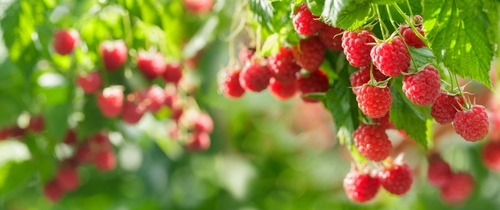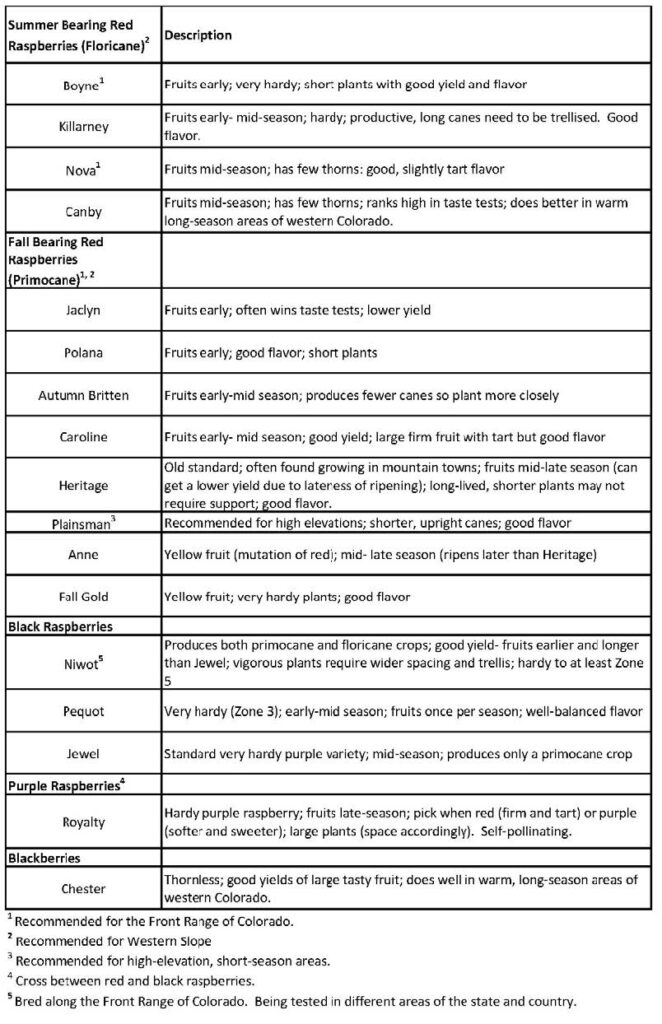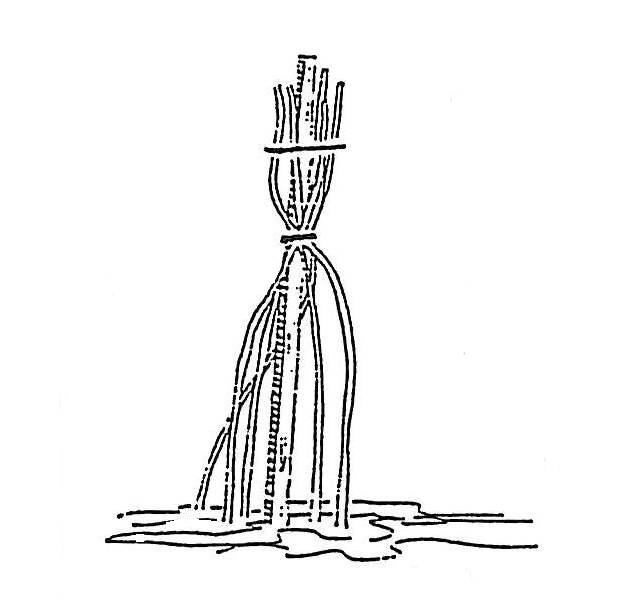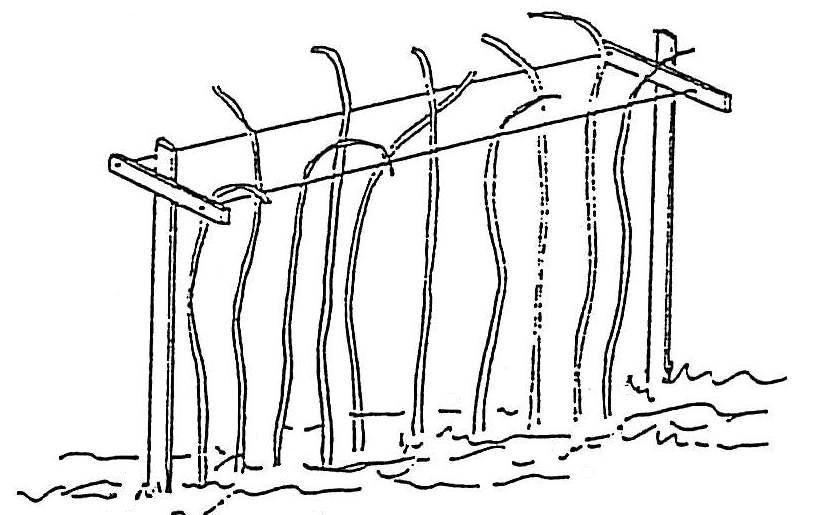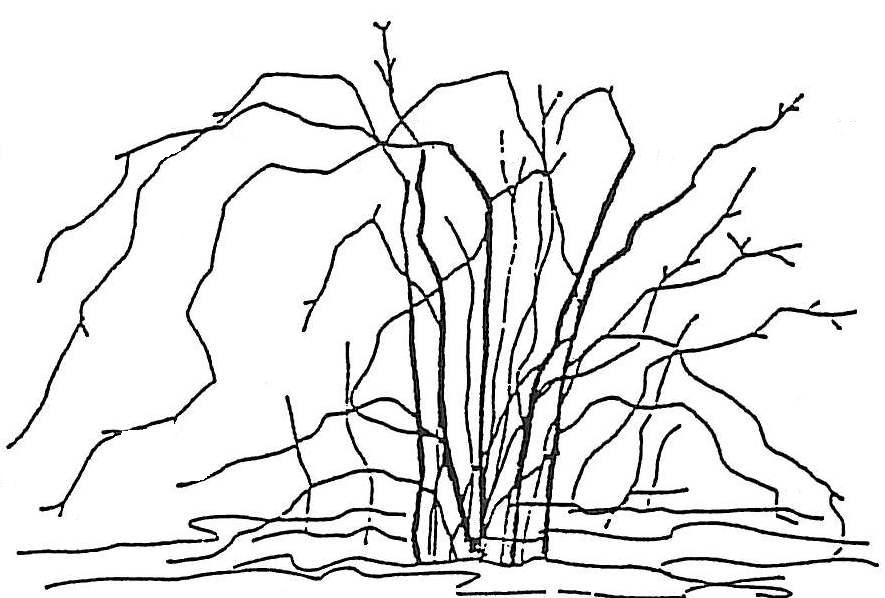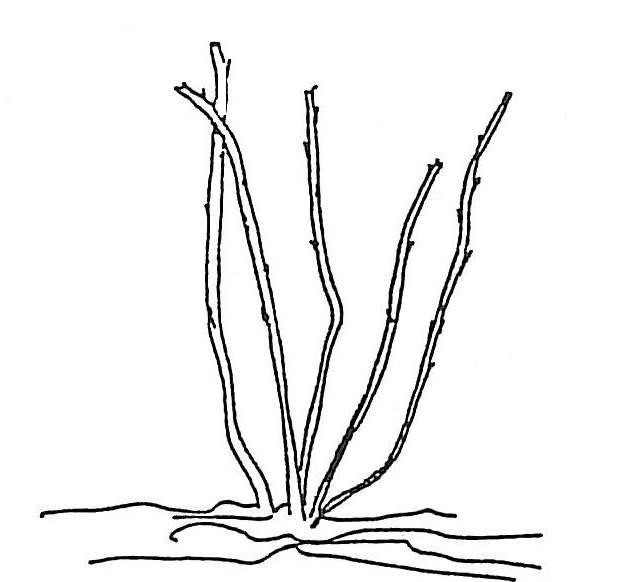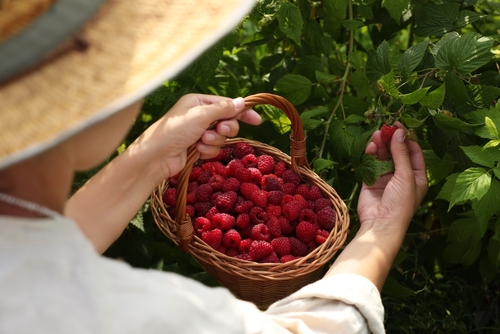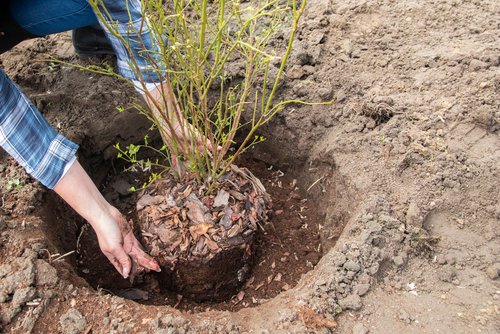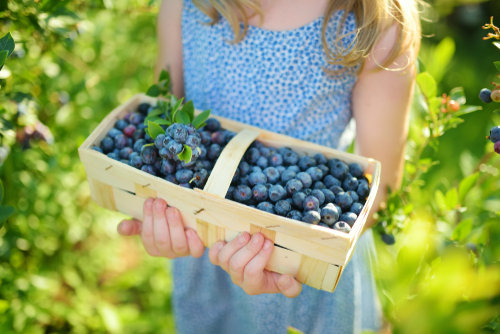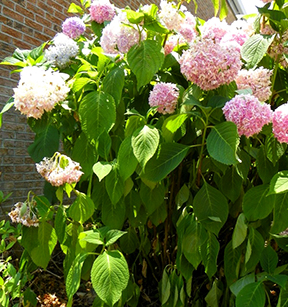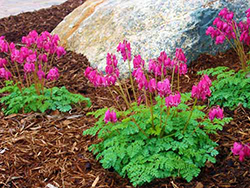
Houseplants are a wonderful addition to any indoor space, bringing life, color, and even improved air quality into our homes. However, like any living organism, plants can face challenges that affect their health and vitality. One of the first signs of trouble usually appears in their leaves. Being attuned to these signals can help you catch and address issues early, ensuring your plant remains healthy and happy. In this blog post, we’ll explore common houseplant problems — such as watering issues, improper lighting, and pests — and how they manifest through the plant’s foliage.
Overwatering
One of the most common issues houseplant owners face is overwatering. Plants need water, but too much can lead to a range of problems that typically show up first in the leaves. The most telling sign of overwatering is yellowing leaves. If you notice that your plant’s leaves are turning yellow, especially the lower leaves, it might be an indication that the roots are sitting in waterlogged soil. Overwatered roots can begin to suffocate, causing root rot, which prevents the plant from absorbing nutrients properly.
Other signs include limp, mushy leaves or stems, and sometimes an unpleasant odor from the soil. To prevent overwatering, ensure your pot has proper drainage, and allow the top couple of inches of soil to dry out between waterings. If you suspect overwatering, remove the plant from its pot to inspect the roots. If you find mushy, brown, or black roots, it’s time to prune the damaged roots and repot the plant in fresh, well-draining soil.
Underwatering
On the flip side, underwatering is another common culprit behind unhappy foliage. The most noticeable sign of this issue is wilting. If your plant’s leaves appear limp, shriveled, or dry to the touch, it’s likely not receiving enough water. This is particularly common in plants with thin leaves, like ferns, which need consistent moisture.
Crispy leaf edges, browning tips, and curling are also indications of underwatering. Unlike overwatered plants, underwatered plants will often look droopy and feel light when you pick up the pot. The solution here is simple—give the plant a good soak, ensuring that water drains out the bottom. Going forward, try to keep the soil consistently moist without letting it dry out completely between waterings. However, avoid letting the plant sit in water, which could lead to overcompensation and result in overwatering.
Too Much Light
Light is essential for a plant’s growth, but too much light can cause damage. One of the key indicators of excessive light exposure is scorched leaves. These leaves will appear faded or washed out in color, sometimes with brown, crispy patches, particularly on the side of the plant facing the light source. If you notice that your plant’s leaves are bleaching or developing burn spots, it’s a good sign that the light is too intense.
Plants that receive too much direct sunlight may also show signs of heat stress, such as curling or drooping leaves. To remedy this, try moving the plant to a spot with indirect light or provide a sheer curtain to diffuse the sunlight. Some plants, like succulents, can tolerate (and even thrive) in bright light, but many houseplants prefer medium to low light conditions.
Not Enough Light
Conversely, not enough light can also cause problems. Plants that aren’t getting enough light will often develop pale, yellowish leaves, and growth may become leggy as the plant stretches towards the light source. The leaves may also be smaller and spaced farther apart on the stem, indicating that the plant is not producing enough energy to sustain healthy, compact growth.
If you suspect your plant is suffering from insufficient light, try moving it to a brighter location or consider supplementing with a grow light. Different plants have varying light needs, so make sure you’re providing the right conditions for your specific plant species.
What’s Bugging Your Plant?
Pests are another common issue that houseplant owners face, and they often show up on the leaves. Common pests like spider mites, aphids, mealybugs, and scale can cause damage that includes speckled or mottled leaves, sticky residue (from aphid honeydew), and stunted growth. Spider mites, in particular, leave tiny yellow spots or a fine webbing on the undersides of leaves. Mealybugs look like small white cottony masses, often found in leaf joints, while scale insects appear as small brown bumps.
If you notice any of these signs, isolate the plant from others to prevent the pests from spreading. Insecticidal soap, neem oil, or wiping the leaves with rubbing alcohol can often help eliminate infestations, but be persistent—pests can be stubborn.
What Indicates a Happy Plant?
On the brighter side, recognizing signs of a healthy, happy plant is equally important. Healthy foliage is typically vibrant and firm, with good color (depending on the species) and no signs of yellowing, browning, or crispness. New growth is another positive sign. If your plant is regularly producing new leaves, it’s a good indication that it’s thriving. Additionally, the leaves will feel supple and strong, with no signs of drooping or wilting.
Plants that are in the right environment—receiving the proper amount of light, water, and nutrients—will grow steadily and without signs of distress. A happy plant will also have healthy roots that are white or light tan in color and firm to the touch.
Your houseplant’s leaves are like its communication system, offering clues about its overall health. By paying close attention to the condition of the leaves, you can quickly spot signs of overwatering, underwatering, light issues, or pests and take action to correct the problem. With a little care and observation, you can keep your houseplants looking lush and vibrant, ensuring they continue to thrive in your home for years to come.

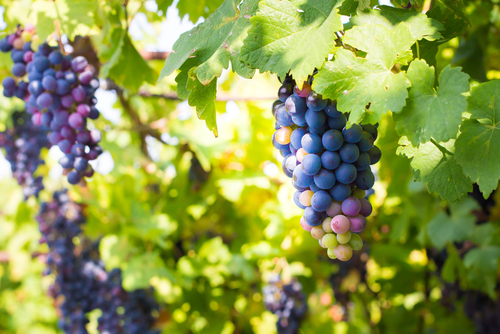
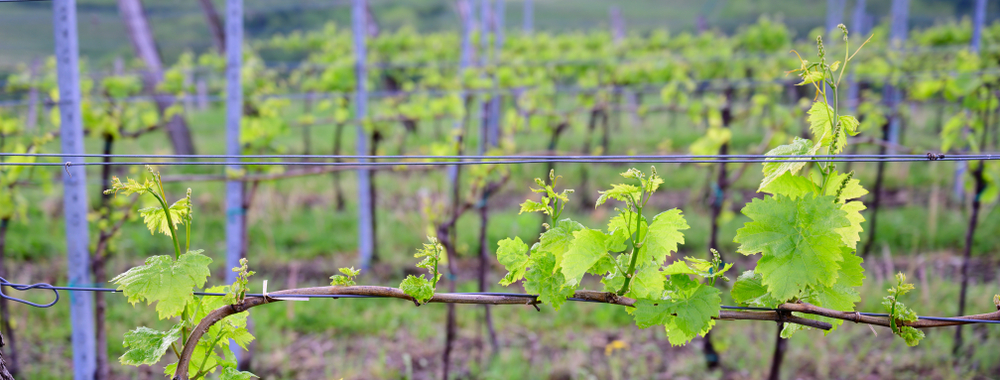
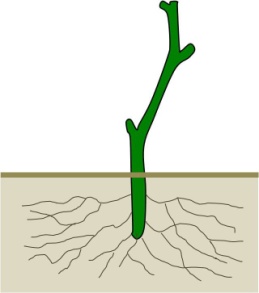 Image provided by CSU extension
Image provided by CSU extension Image provided by CSU extension
Image provided by CSU extension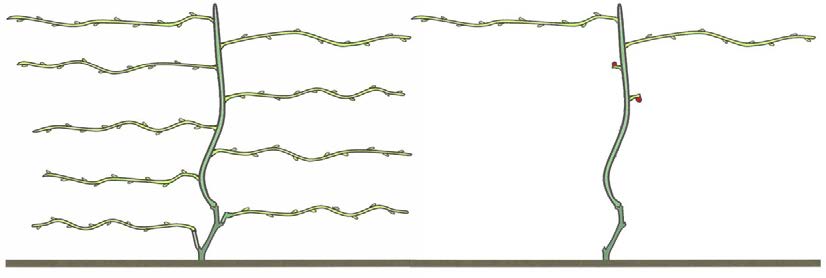 Image provided by CSU extension
Image provided by CSU extension Image provided by CSU extension
Image provided by CSU extension